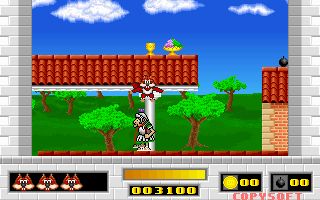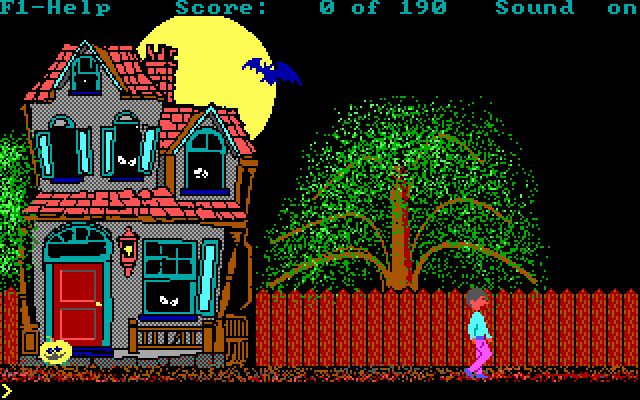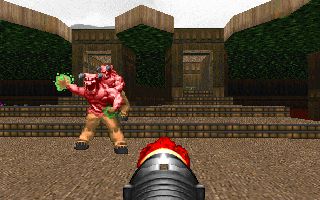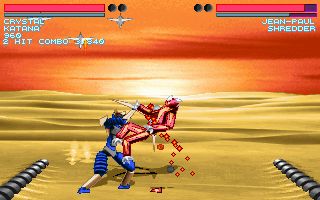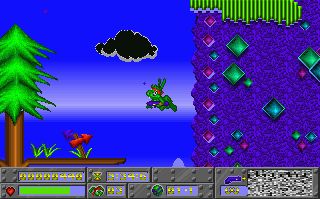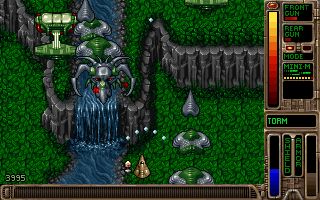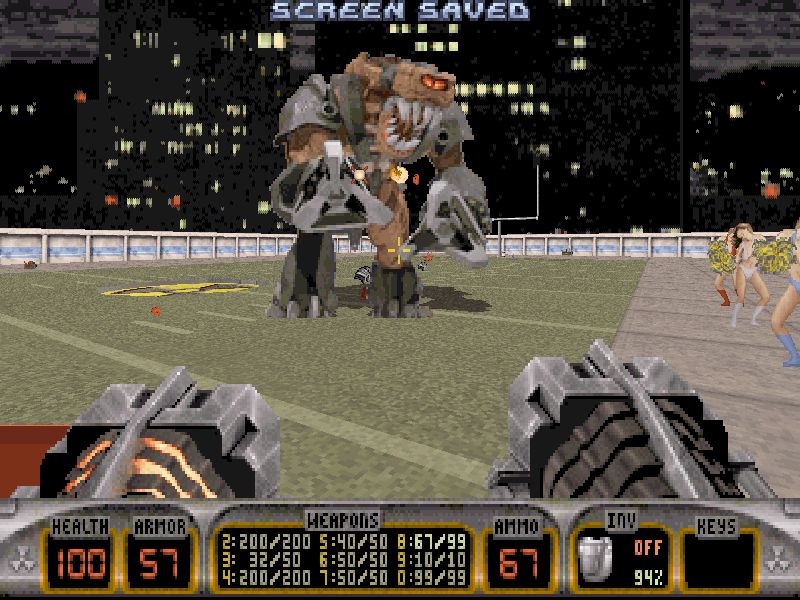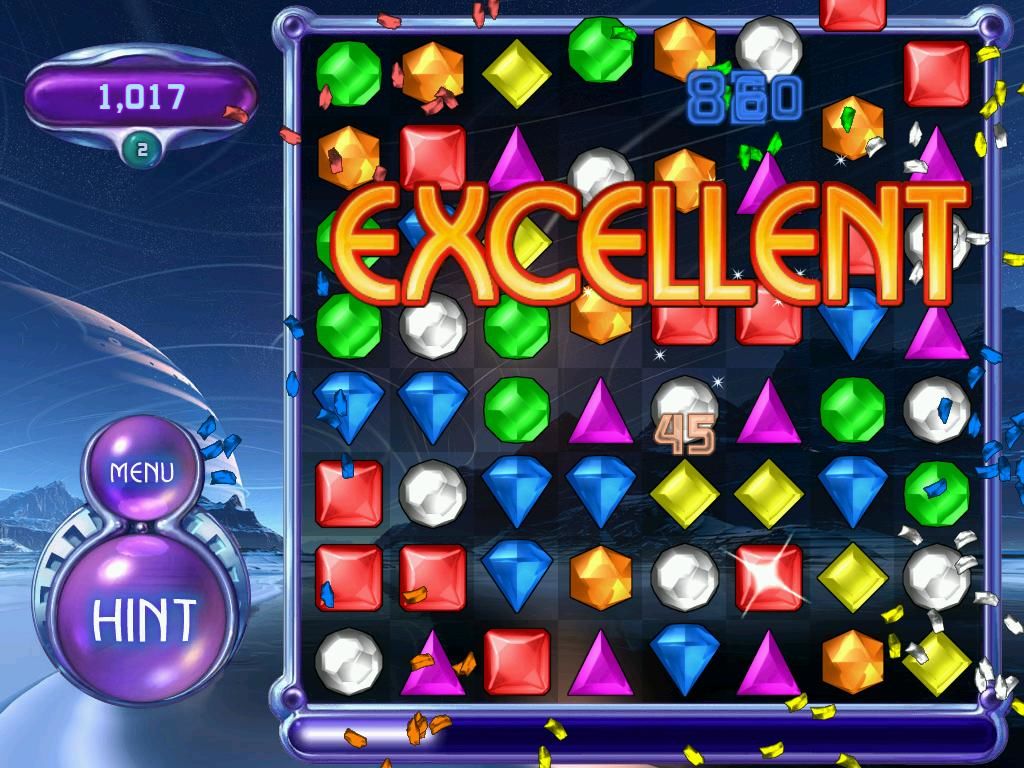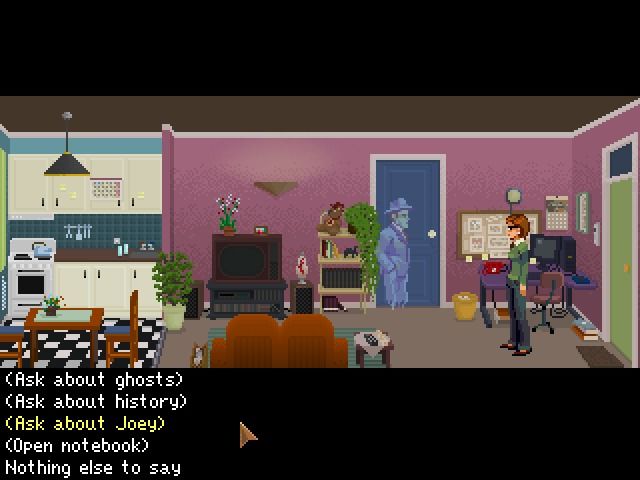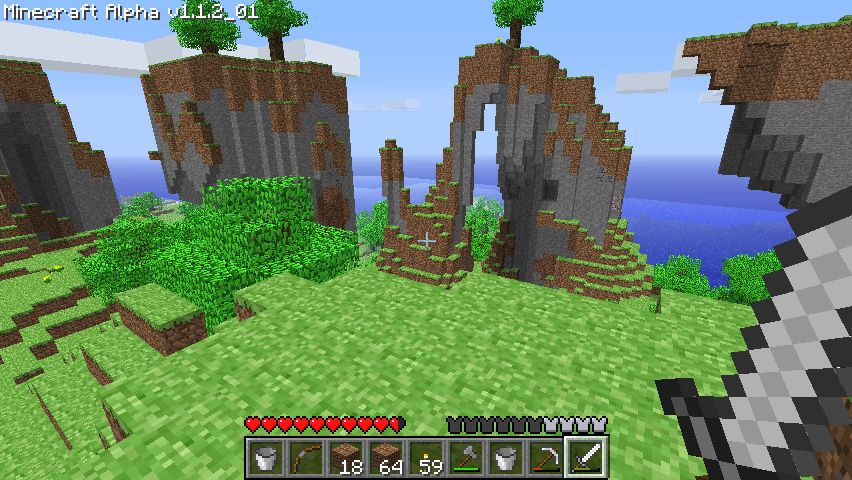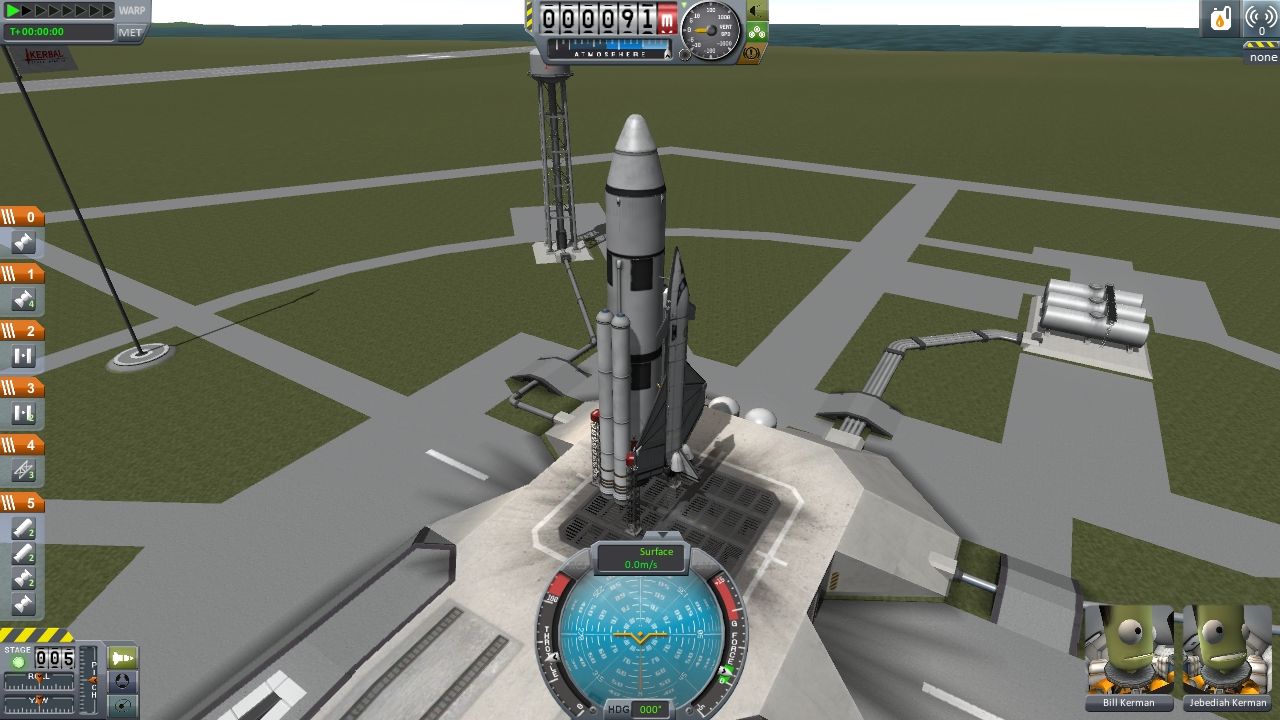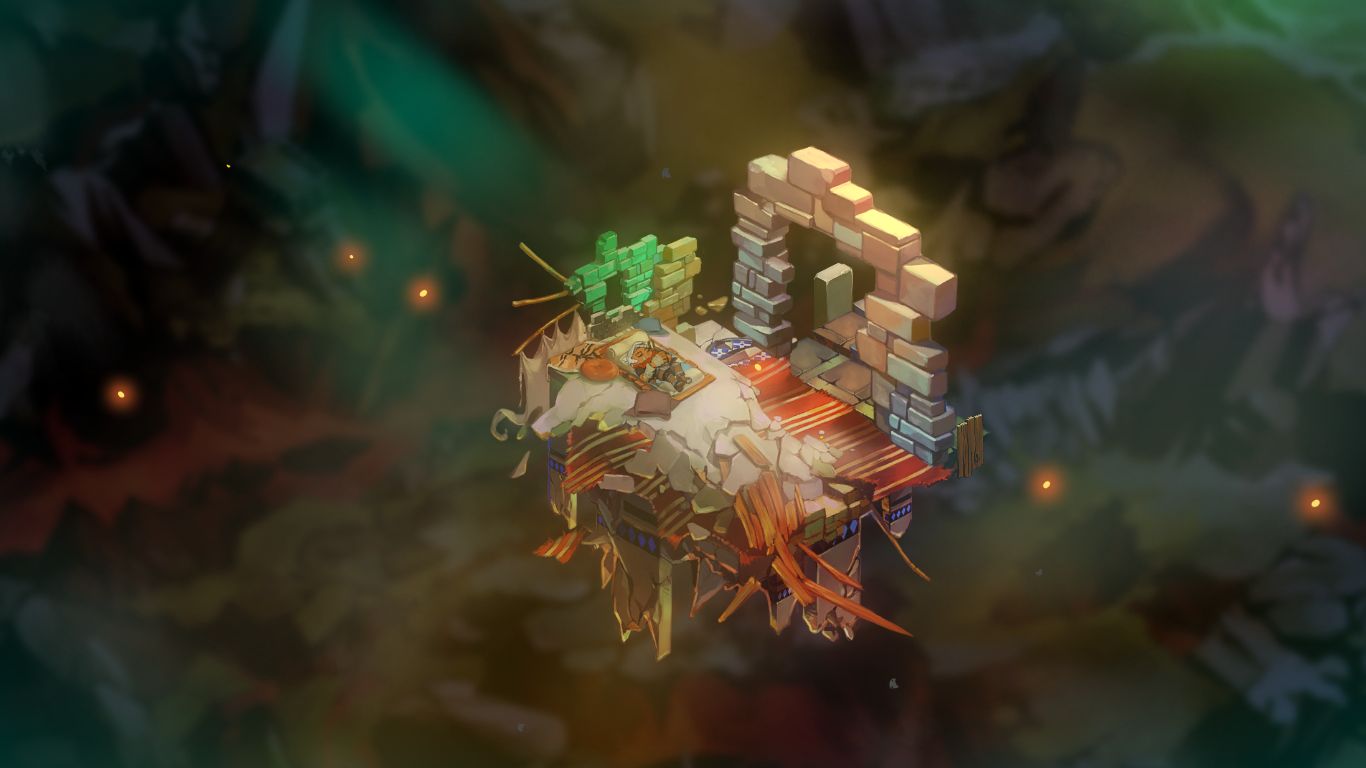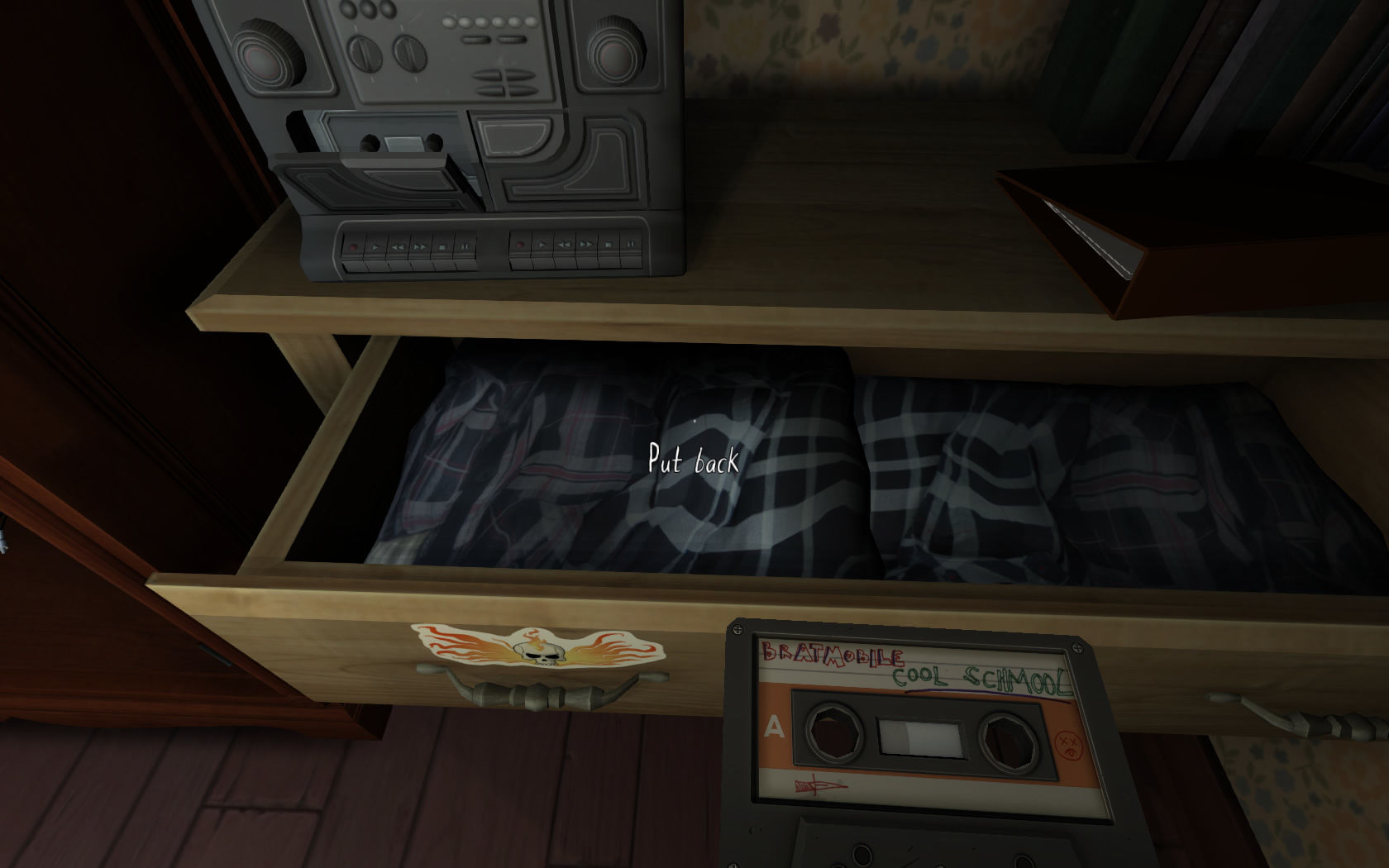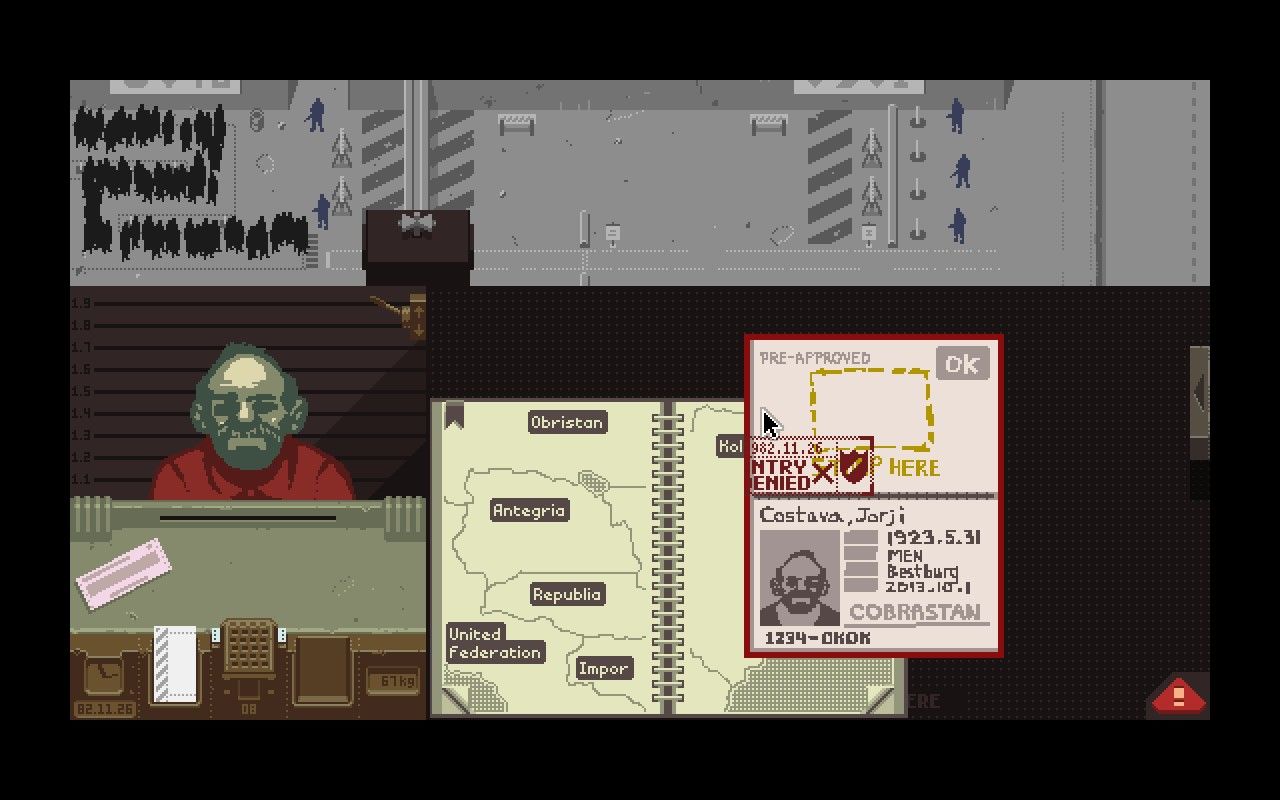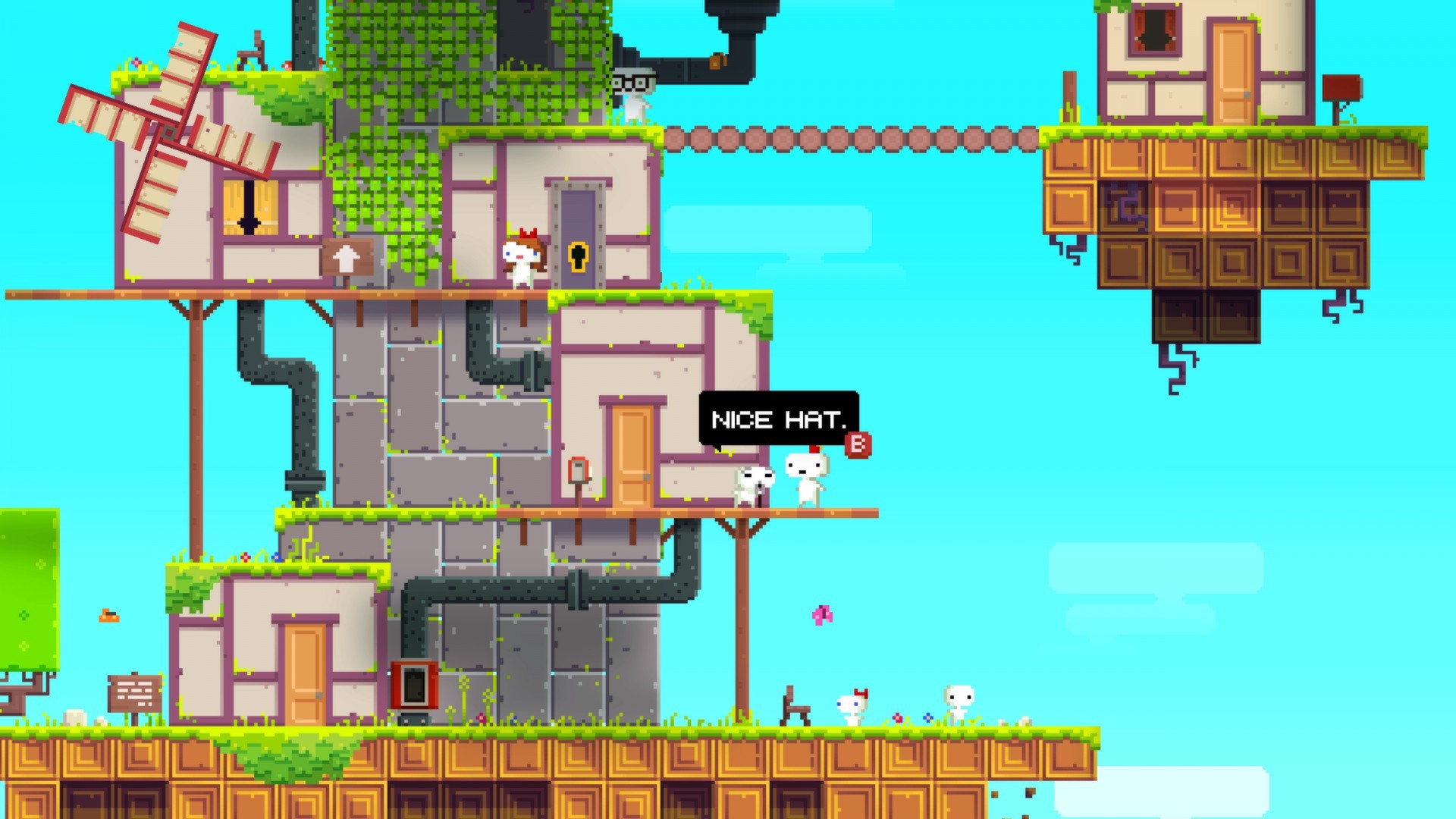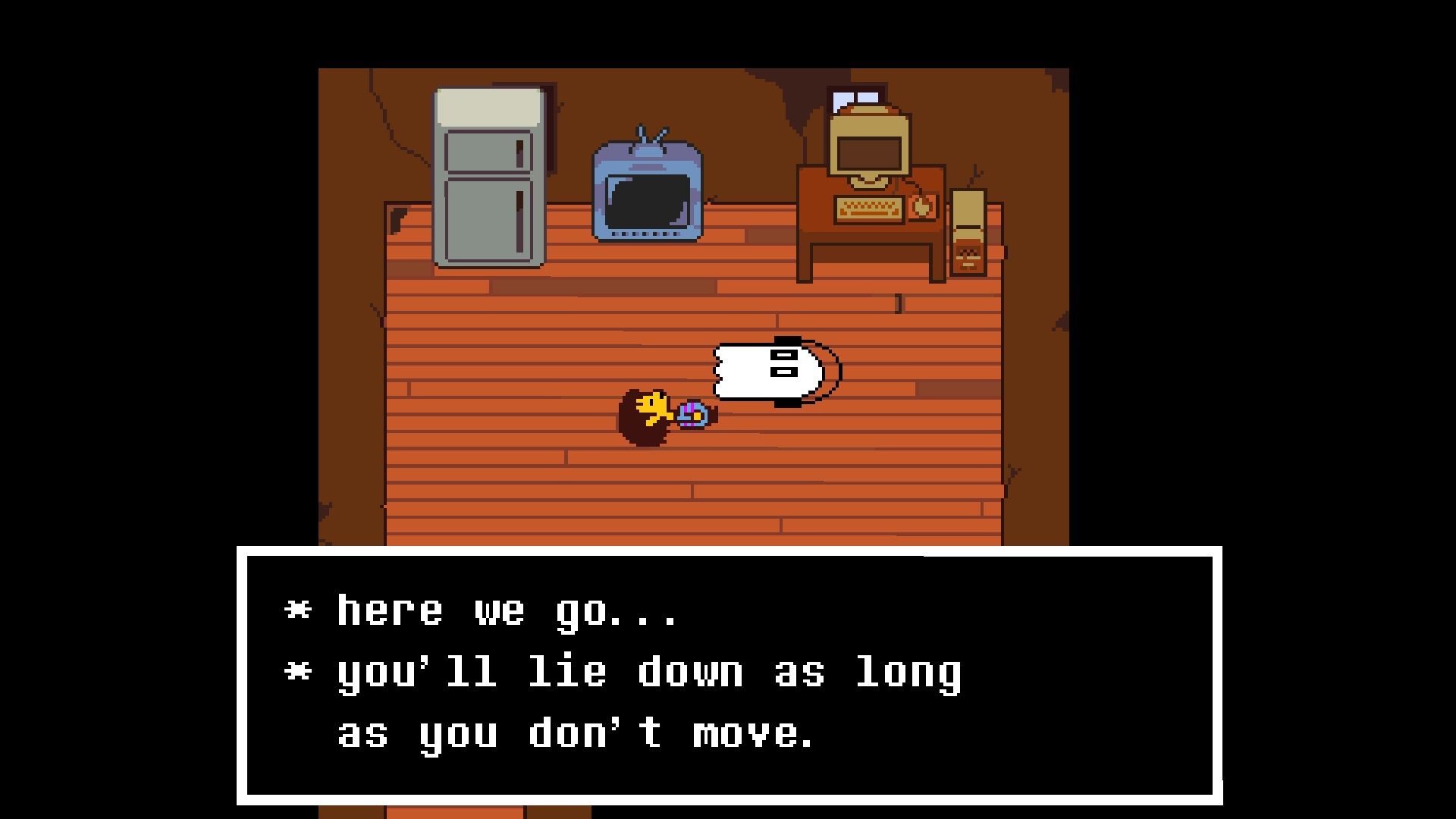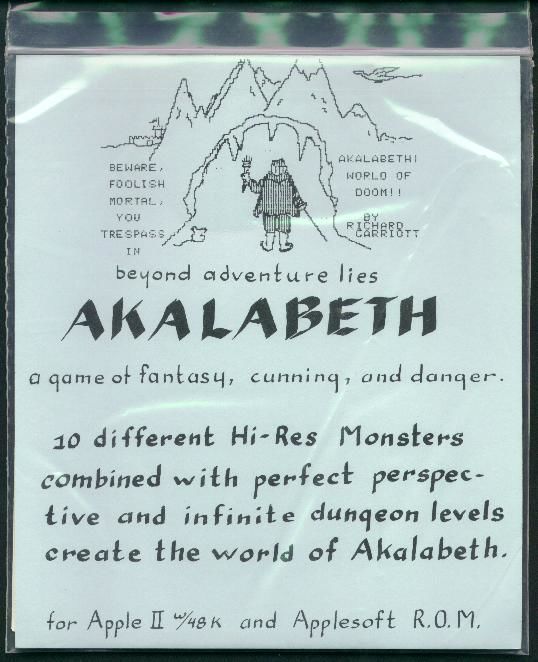From shareware superstars to the Steam gold rush: How indie games conquered the PC
We look back at the history of indie gaming, from bedroom coders through crowd-funding to the current crowded scene.
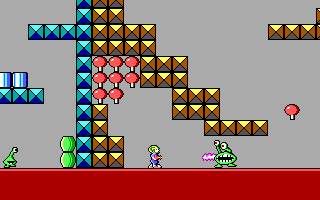
These days, we barely blink an eye at the idea that a game can come from nowhere and shake through word-of-mouth, clever concepts, a bit of cool technology like Portal’s… well, portals… or simply by hooking into some reservoir of good feeling, and accomplish more than any marketing budget can dream of. Minecraft is this generation’s Lego. Undertale is one of its most beloved RPGs.
Indeed, the world of indie development is now so important that it’s hard to remember that it’s only really a decade or so old. That’s not to say that there weren’t indie games before then, as we’ll see, but it was only really with the launch of Steam on PC and services like Xbox Live Arcade that the systems were in place to both get games in front of a mainstream audience, and provide the necessary ecosystem for them to quickly and confidently pay for new games.
In 1979 Richard Garriott set out on his path to buying a castle and going into space by selling copies of his first RPG, Akalabeth, in ziploc bags at his local computer store
The massive success of indie games on Steam has of course come with attendant pitfalls. The early access program gave small studios the ability to beta test their games with player numbers they would not otherwise never reach, and gave players the ability to take part in shaping games. However, a lack of guidelines left players and developers with very different expectations as was seen in the reaction to a paid expansion being released for Ark: Survival Evolved while it was still in early access. Steam Greenlight made it easier for indie games to get on Steam but became a popularity contest that was easily gamed, leading Valve to replace it with Steam Direct.
All this is largely taken for granted these days, with the big challenge for modern indie games being to stand out. Simply getting onto Steam back then could set a studio up for life. These days the market is full to bursting, with most new releases disappearing from sight almost at once.
In both cases though, it’s a world away from how the market began.
Back to the start
The exact definition of ‘indie’ has never exactly been cut-and-dry. To some, it’s an aesthetic, best summed up by the classic bedroom coder. To others, it’s a more commercial distinction, of working without a publisher. To others, it’s ultimately about the work, with an indie game standing out more for being not the kind of thing you get from a commercial company, rather than really focusing on who made it.
There are many definitions to play with, and few hard lines to draw. The poster-children of ’90s shareware, id Software (who you may know courtesy of a little game called Doom), began working under contract for a company called Softdisk, cranking out games like Dangerous Dave in the Haunted Mansion, Hovertank 3D, and Catacomb 3D, before moving on to make games with/for shareware giant Apogee.
Keep up to date with the most important stories and the best deals, as picked by the PC Gamer team.
In the very early days of gaming, just about everybody was indie to some extent. In 1979 Richard Garriott set out on his path to buying a castle and going into space by selling copies of his first RPG, Akalabeth, in ziploc bags at his local computer store (one of those copies then ended up in the hands of California Pacific, who offered Garriott a publishing deal). Sierra On-Line began in 1980 as just husband and wife team Ken and Roberta Williams, making simple adventure games like Mystery House that nevertheless pushed the boundaries of what people expected from games at the time—like having graphics—before booming to become one of the biggest and most important companies in gaming history.
Companies could emerge from almost anything. Gremlin Interactive began as a computer store called Just Micro, while DMA Design, originally Acme Software, which would make its name with Lemmings and much later become Grand Theft Auto creator Rockstar, began from its founders meeting up at a computer club in Dundee and ultimately signing with Psygnosis. Whole genres were created from a single game, such as Football Manager in 1982.
The speed of all this took many by surprise, with Balance of Power creator Chris Crawford saying in 1984, "We have pretty much passed the period where hobbyists could put together a game that would have commercial prospect. It’s much more difficult to break in, much less stay in. If you want to do a game, do it for fun, but don’t try to do game designs to make any money. The odds are so much against the individual that I would hate to wish that heartbreak on anyone."
The shareware revolution
But of course, people continued. The PC was largely left out of much of it, however, due to the relatively high cost of disks and its general perception of not being a gaming machine. In the UK, the main indie scene in the ’80s was on cassette based 8-bit systems like the ZX Spectrum, with publishers happily accepting almost any old tat, recording it to a tape, sticking it in a box, and selling it for a few pounds at newsagents, game stores, and anywhere else that would take copies. They were cheap, sometimes cheerful, and allowed for endearing weirdness like 1985’s Don’t Buy This—a compilation of the five worst games sent to publisher Firebird.
It would be many years before most indie PC games could get that kind of placement. Instead, there was shareware. The concept dates back to the 1970s, though it was popularized by PC-Write creator Bob Wallace in 1982. Rather than having a central distributor like a regular published game, users were encouraged to copy software and pass it along. If they liked it, they’d then send the creator a check to unlock the full thing or get more of it.
In the case of Apogee Software, and indeed what became known as the Apogee model, a game might have three parts. The first one would be free, and free to share, the other two commercial and only for registered purchasers to enjoy. (Not that anyone really listened, as the vast, vast numbers of pirated copies of Doom probably shows better than anything.)
The beauty of the system was that anyone could distribute these games, with the rule being that while you weren’t allowed to sell the shareware version, you could charge for materials. That meant games could appear on magazine cover disks and later CDs. They could be on any university server or dial-up BBS or services like Compuserve and AOL. If you wanted a relatively full choice however, you often needed to send off for them. Whole companies were set up to sell just the trial versions, sending out printed catalogues of their stock and charging by the disk.
By the mid-90s of course the popularity of CD had rendered this relatively pointless, with ‘1000 Games!’ CDs available in supermarkets and bookstores and anywhere else there might be an audience, rarely mentioning the part about them being glorified demos. Much like on Steam today, at this point most smaller games got lost. Still, as a player, it was an almost inexhaustible feast.
Not every game could be Wolfenstein 3D and promise a fight with Robot Hitler if you paid
As crazy as sending off a check to get a game might seem, it worked. In a few cases, registered shareware games even made the jump to boxed products in stores, though that was relatively rare. Either way, shareware was hardly a license to print money for most, but it supported many a developer throughout the '90s and made others their fortunes. Epic MegaGames began with the text-based RPG ZZT before becoming the company that made Unreal. Duke Nukem began as a very simple 2D side-scroller, notable mostly for oddities like the main character wearing pink and just wanting to save the world so that he could get back to watching Oprah, but nevertheless blossomed into Duke Nukem 3D before publicly wilting into Duke Nukem Forever.
And there were many more stars too, regularly appearing in new games or simply popular ones that kept showing up, like Skunny the squirrel and his awful platforming (and ultimately karting adventures), Last Half of Darkness, and Hugo’s House of Horrors, much beloved by magazine and compilation editors for its extremely pretty first screen, and never mind that it was all made of clip art and every other room in the game was barely MS Paint-level scribbles.
The alternative industry
Shareware's big draw for players was, inevitably, free games. The downside of the Apogee model and others that erred on the generous side was that a whole episode was often enough—especially as that’s where the developer’s best work tended to be. Compare for instance the deservedly beloved shareware episode of Commander Keen: Goodbye, Galaxy! where you run around a beautiful, varied planet, with the dull space adventure of its commercial sequel. Not every game could be Wolfenstein 3D and promise a fight with Robot Hitler if you paid.
Less cynically though, shareware gave many genres their home. The PC was typically seen as a business machine, with its commercial successes often adventures, RPGs and other slower and more cerebral offerings. There were platformers and beat-em-ups and similar, but they were usually poor conversions from other platforms at best, with few worth taking a risk on.
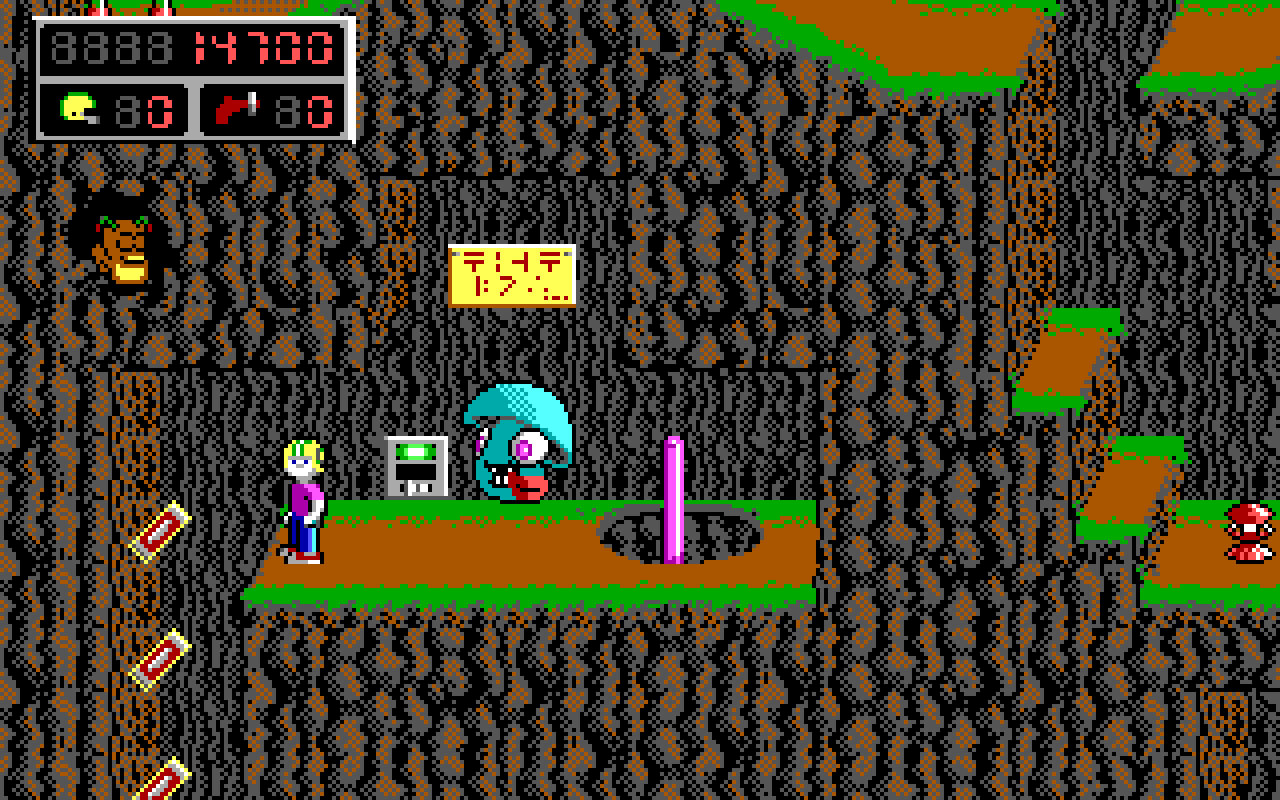
Shareware removed that risk factor for customers, while letting developers show off. The original Commander Keen, while simplistic to modern eyes, was proof that the PC could do console-style scrolling, even if it wouldn’t be until 1994’s Jazz Jackrabbit that anyone could seriously claim to be doing convincing 16-bit console-style arcade action and visuals. (Even then it wasn’t a very strong claim, but luckily by this point the PC had Doom and so didn’t care.)
This led to a flurry of games you really couldn’t get elsewhere, or that were in very short supply on the shelves, from vertical shooters like Major Stryker, Raptor, and Tyrian, to fighting games like One Must Fall, to quirky top-down RPGs like God of Thunder, and racing games like Wacky Wheels. It offered a great split. When you wanted a deep, polished experience, you had the commercial game market. For action fun, there was shareware, not least because when we did get big games like Street Fighter II, they tended to stink. Shareware supported the industry through much of the '90s.
The high cost of indie
By the mid-90s though, there was a problem. Commercial games began rapidly outstripping what bedroom teams could do, both in terms of technology and complexity of content. While there were engines available, they were mostly poor quality, with nothing like Unity on the market and the likes of Quake and Unreal costing far too much for anyone but other companies to license.
If you wanted to play with that kind of technology, you were looking at making mods instead. This was the era that gave us the likes of Team Fortress (1996) and Defense of the Ancients (2003), but also where the indie scene became largely forgotten. This wasn't helped by the fact that indie had essentially no place on consoles at all, despite a few nods over the years like Sony’s Yaroze console, a development PlayStation aimed at hobbyists released in 1997. The PC saw its own push towards home development with tools like Blitz Basic/BlitzMAX (2000) and Dark Basic (also 2000), with the goal of inspiring a new generation of bedroom coders. However, despite selling reasonably well, none of them gained much traction or saw many releases.
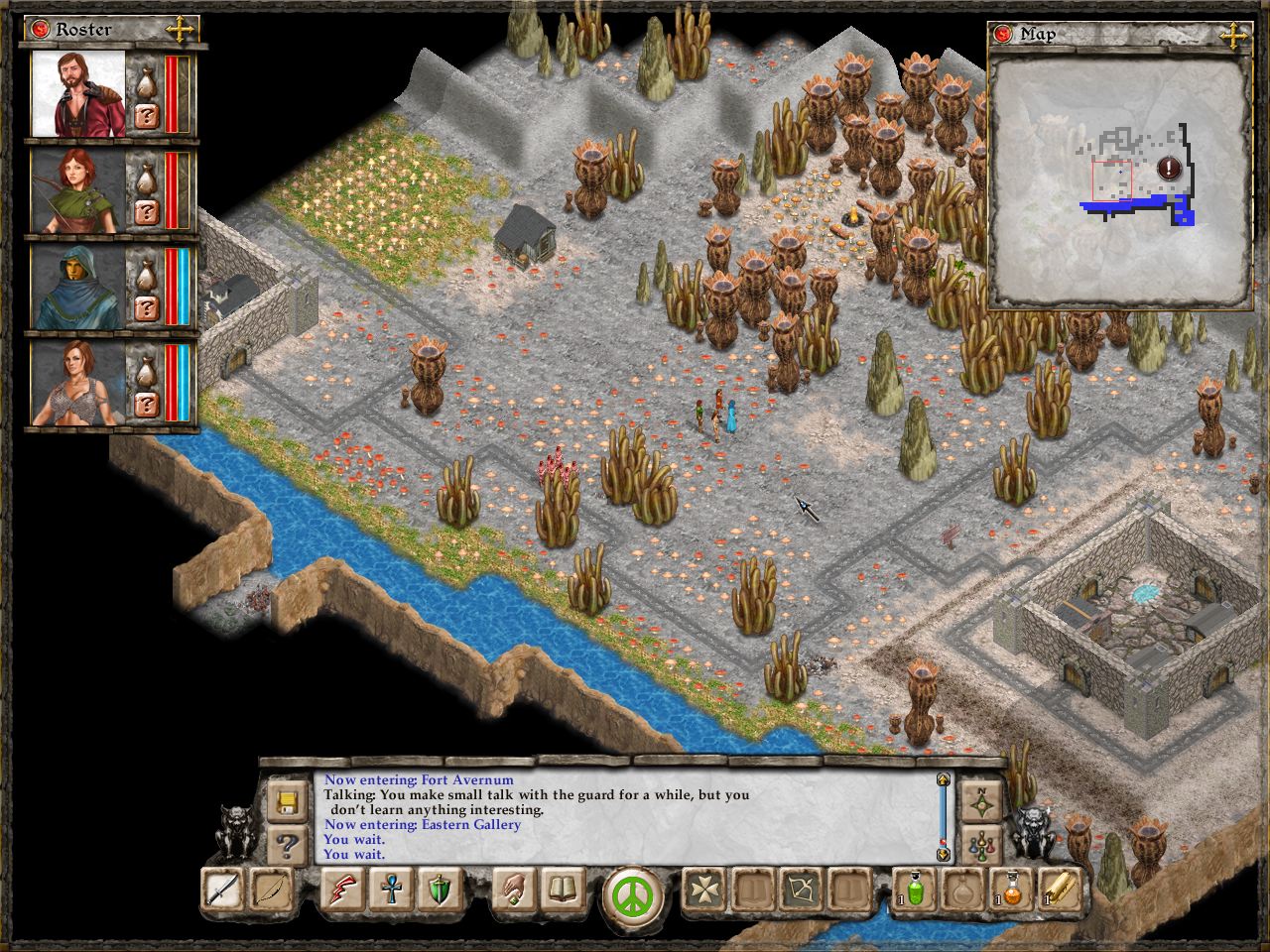
The indie scene as a whole ceased to be a big player in the market—which isn’t to say that it vanished. Introversion’s Uplink for instance was a big hit in 2001. Jeff Vogel’s Spiderweb Software started releasing old-school RPGs like Exile and Geneforge in 1995. PopCap began in 2000, becoming the giant of casual games like Bejeweled, Peggle, Bookworm Adventures, Plants Vs. Zombies, and Chuzzle—not bad for a company that was originally called ‘Sexy Action Cool’ and planned to make its debut with a strip poker game.
And of course, there are other notable exceptions, such as Jeff Minter, who never stopped making his psychedelic shooters both for himself and others. However, it wasn’t until 2004 when Steam nailed digital distribution that the market had a chance to explode and offer a real chance of going it alone.
The turning point
Steam wasn’t the first digital distribution system, and at its launch it wasn’t even popular, with Valve forcing it on players for both Half-Life 2 and Counter-Strike. However, it was the first major attempt that nailed the details, like being able to download your games on any computer you owned rather than having them locked to just one, and being able to do so perpetually, rather than simply for a year, as was the case with most of the competition.
The results spoke for themselves. When Valve was a lot pickier, and being backed by a publisher was a distinct advantage to getting onto the system, any developer who managed to get onto Steam effectively received a license to print money. Farther afield, though games not on Steam were at a distinct disadvantage, the legitimisation of digital distribution as a concept certainly raised most boats.
And with all this came something just as important: the indie game ecosystem. With money to be made and developers flocking to indie for all sorts of reasons (being tired of the big companies, wanting to make a go of an independent project) it became viable to create tools and systems to help make the scene. Game Maker for instance, and Unity and Flash. Today, would-be indie developers have the tools to go head-to-head with even the biggest studios, albeit typically on a smaller scale, as well as explore more cost-effective options like pixel art and procedural 3D, while services like Kickstarter and Fig offer a way of seeking funding without immediately selling out.
This also opened the definition of ‘indie’ even further, with companies seriously able to consider going it alone, without a publisher. Not everyone could be Double Fine, raising $3.5 million for Broken Age, but many have had huge successes—Pillars of Eternity pulling just under $4 million, the Bard’s Tale getting $1.5 million and in the height of Kickstarter fever, even Leisure Suit Larry creator Al Lowe managing to raise $650,000 for a remake of the first game.
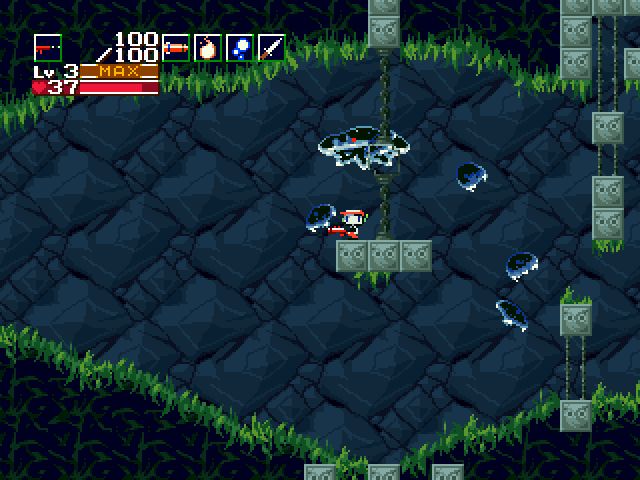
It’s at this point that the word 'indie' really catches on. Again, it’s not that it was never used, but until this point the scene wasn’t big and important enough to warrant a position as basically a shadow industry in its own right. The release of Cave Story in 2004 was where people really started talking in those terms, with Indie Game: The Movie in 2012 cementing this, highlighting three of the most successful titles of the time—Braid, Fez and Super Meat Boy.
Microsoft embracing the scene via Xbox Live Indie Games played its part, as did their XNA development system, and attempts to make a big deal out of indie launches during its "Indie Game Uprising" events between 2010 and 2012.
Elsewhere, the IGF (Independent Games Festival) launched in 1999 was also going from strength to strength, drawing more attention to the likes of Darwinia, Monaco and Crayon Physics Deluxe. We also saw more overtly indie friendly portals like itch.io, and the Humble Indie Bundle, offering new marketplaces and ways of selling games—even if many later bundles proved a dead-end.
Perhaps most excitingly, it’s now that we start to see whole genres and styles largely associated with the indie market either flourish or come into existence, not least the ‘walking simulator’—games primarily about exploring a space and a story through environmental detail and voiceover. The first big name here was Dear Esther, a free mod released in 2008 and later remade in 2012, with later examples including Gone Home, Firewatch, and Everyone’s Gone To The Rapture.
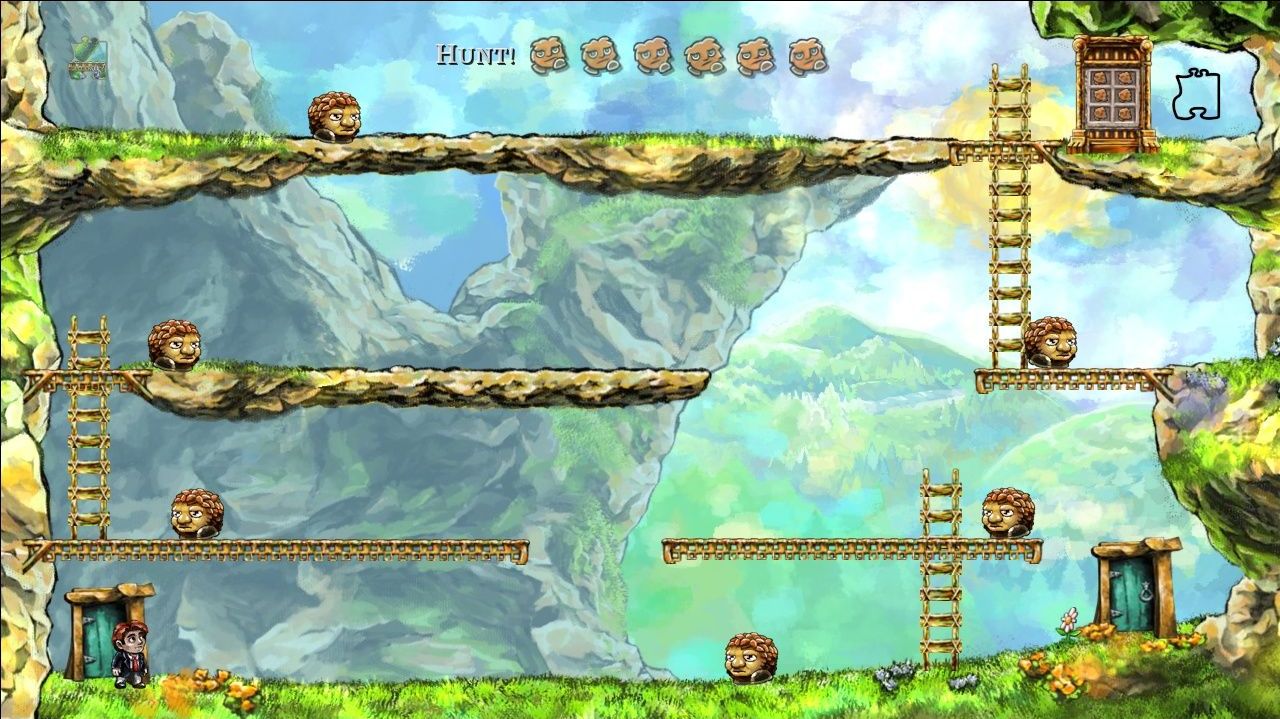
There’s also the pixel-art aesthetic of games like VVVVVV, Super Meat Boy, and the original Spelunky, and for many old-school gamers, a return to brutal old-school difficulty. And somehow I doubt we need to say much about Minecraft. (It’s been quite popular, and influential.) Classic point-and-click adventures also saw a resurgence outside of Germany, largely spearheaded by the Adventure Game Studio creation engine and the success of Wadjet Eye Games’ The Blackwell Legacy, Gemini Rue, Technobabylon, and Unavowed.
But it’s of course reductive to pick specific genres. The joy of indie games is that as long as the money can be raised somehow, a passionate team can take on more or less whatever they like, free of publisher interference or perceived wisdom, allowing for arty games like Limbo and Bastion (distributed by Warner Bros, but only as a publishing partner), throwbacks to lost genres like Legend of Grimrock, exploratory pieces like The Stanley Parable and The Beginner’s Guide, or completely new concepts like Superhot, where time only moves when you do, and the ferociously complex Kerbal Space Program, where difficulty really is a matter of rocket science.
The downside is that as ever, it’s not enough to simply make a game. An indie title buffeted with word of mouth can sell millions, but far more are doomed to languish largely unplayed and discussed in the depths of Steam’s increasing piles or other services’ far less traveled shelves. The initial gold rush is very much over. Still, plenty of gold remains. It’s impossible to predict what game will be the next Spelunky, the next Minecraft, the next Undertale, or the next Super Meat Boy, but absolutely no risk at all to bet that whatever it is, it’s already on its way.
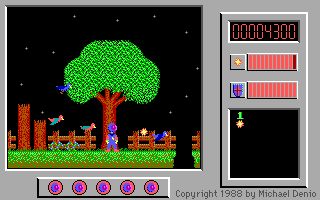
Gallery: Iconic Moments in Indie Gaming

